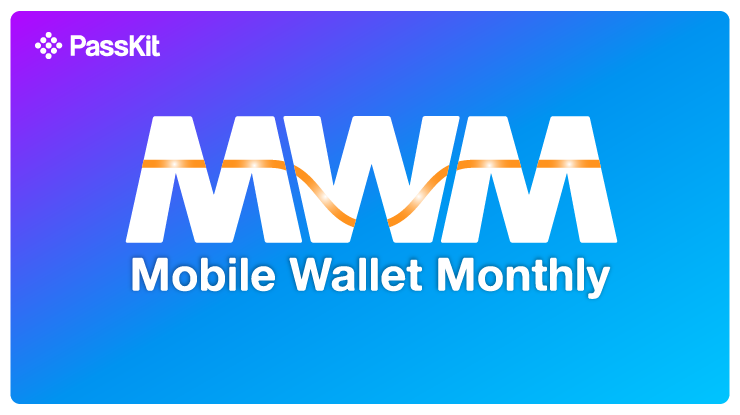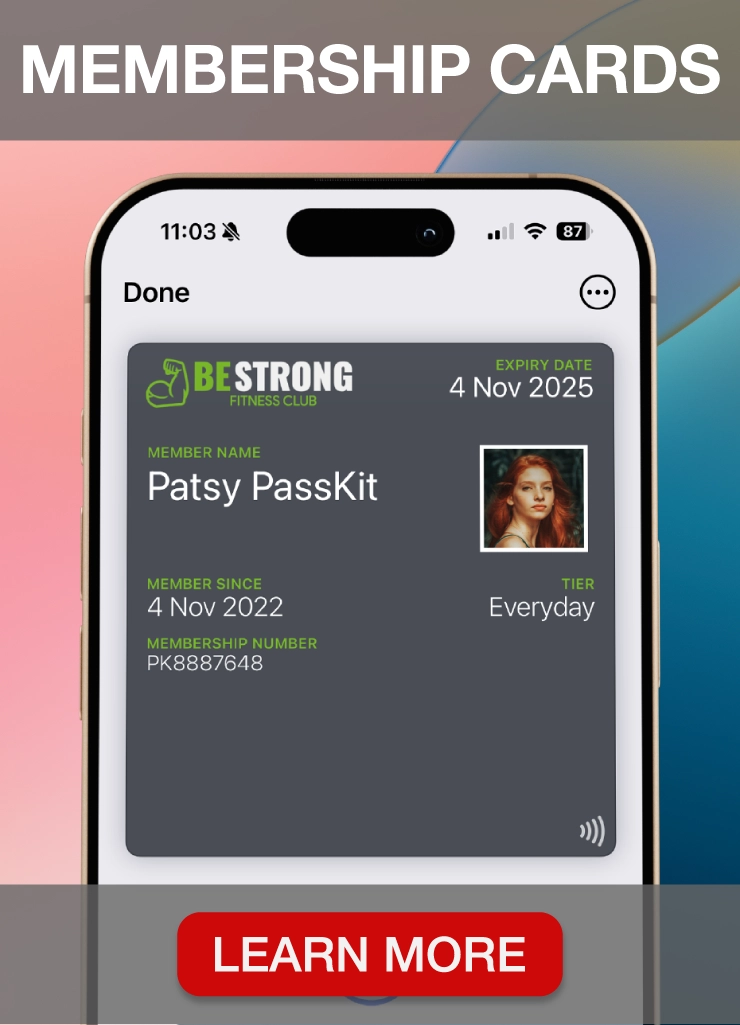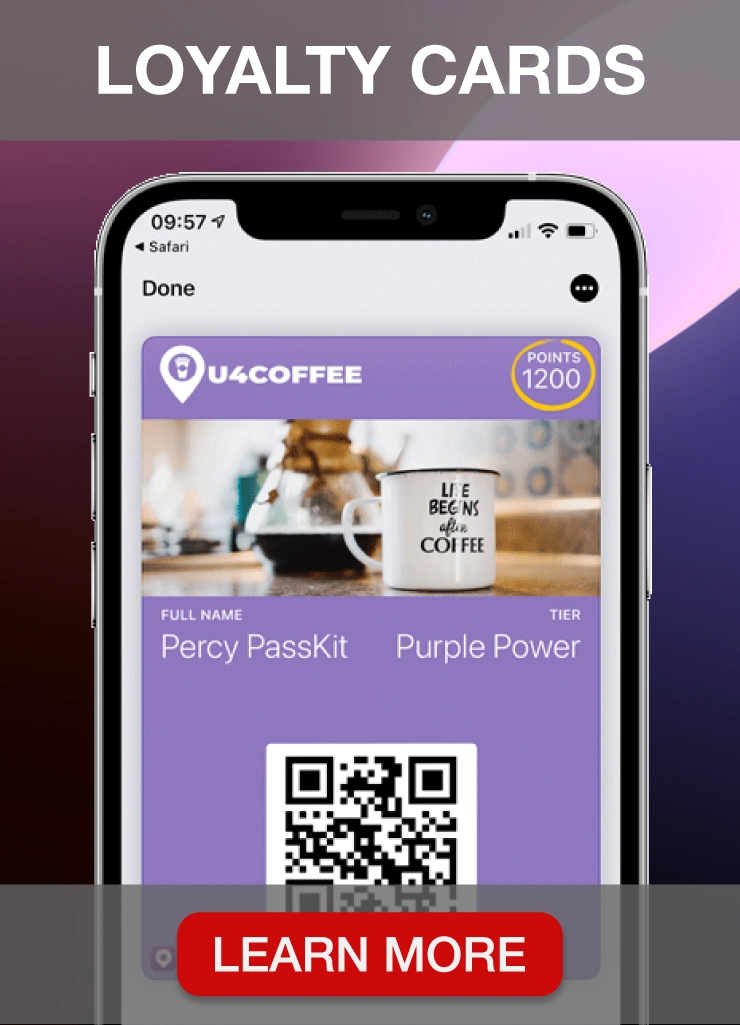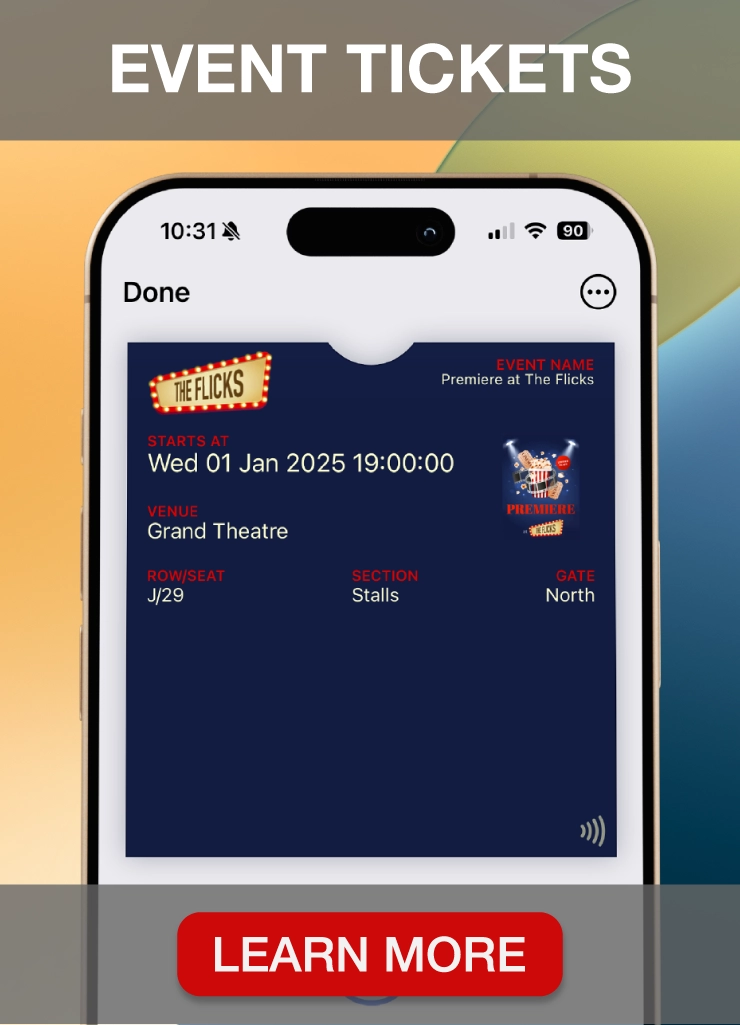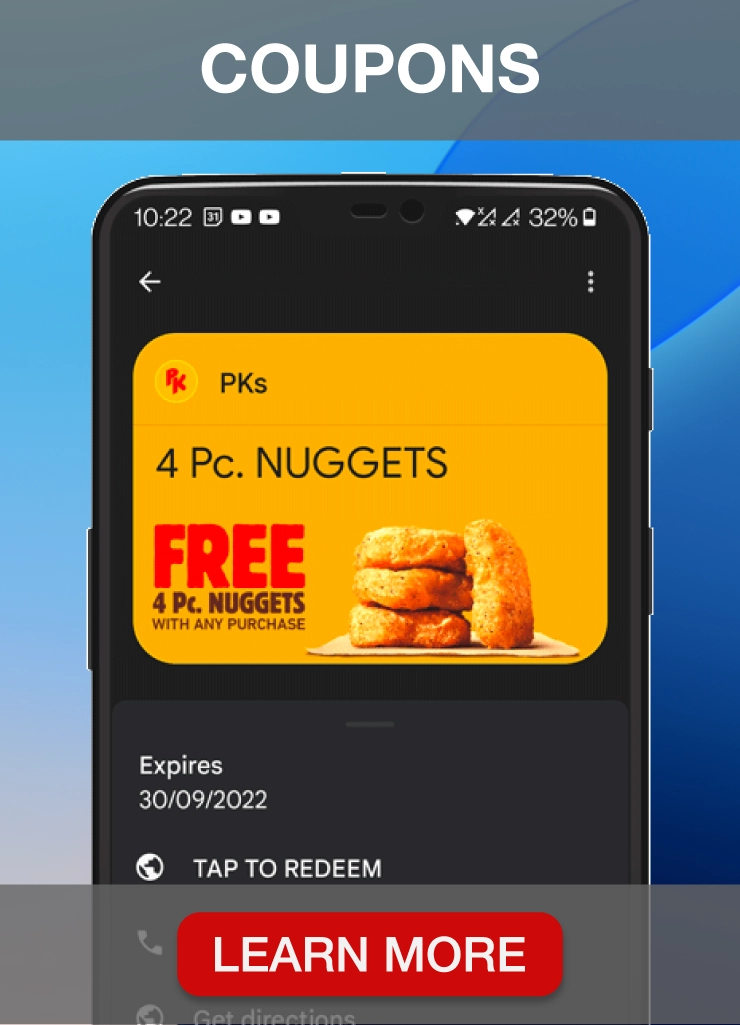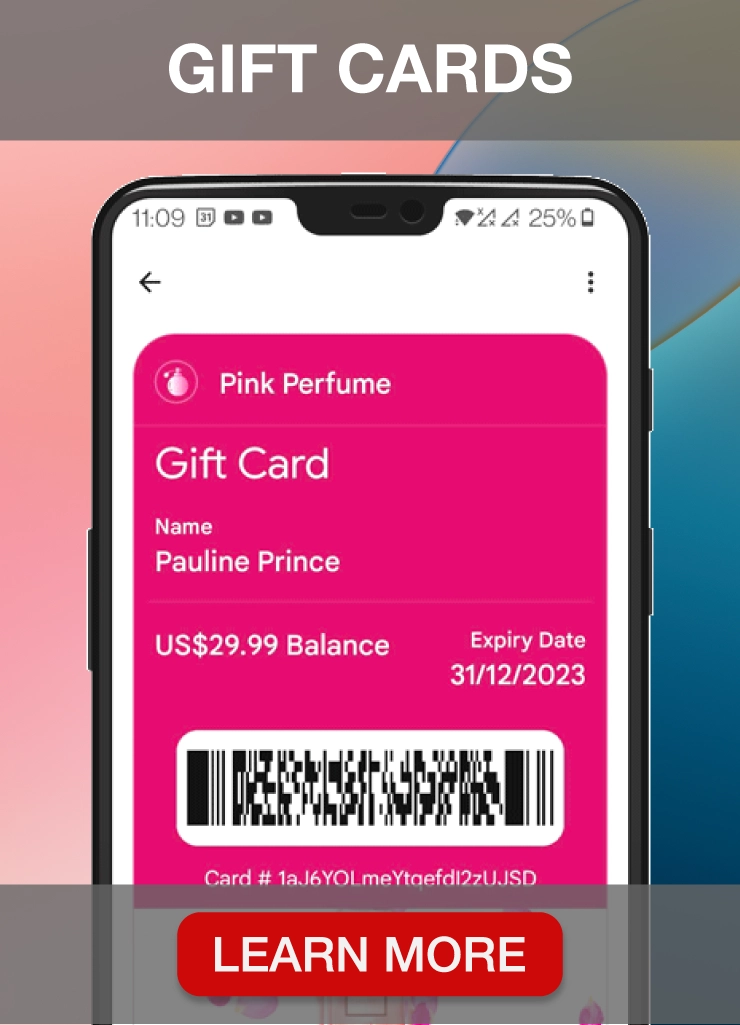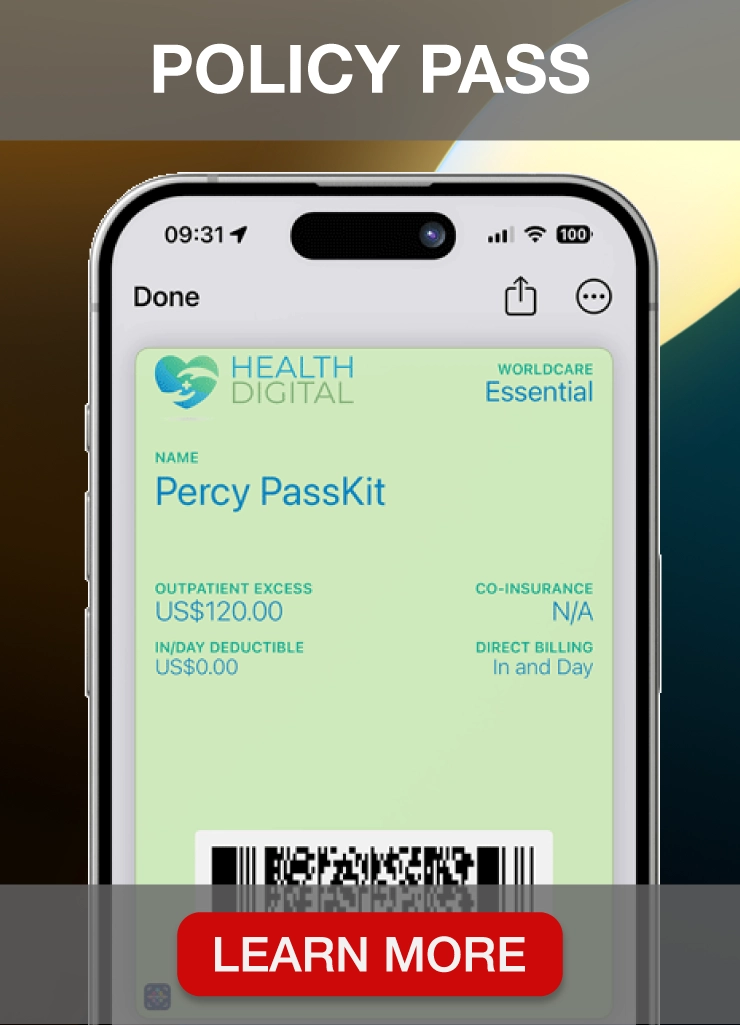Location-based marketing uses mobile devices’ location technology, such as GPS or Wi-Fi, to deliver personalized advertising content based on the user’s location.
With consumers expecting targeted and convenient shopping experiences, location-based advertising can transform your business. Since customers carry mobile devices everywhere, you can leverage this technology to increase foot traffic and boost sales.
You can provide value to customers based on their geographic proximity and inform them about special deals, offers, promotions or sales when they are near your company.
In this article, we’ll share all the essentials about location-based marketing strategy, including how it can help you grow your business.
We’ll also discuss PassKit, the leading mobile wallet service provider, and explain how to leverage this platform to send location-based alerts, increase customer visits, and boost your sales.
Understanding location based marketing
Image source: Freepik
Location-based marketing is a type of marketing that targets consumers through their mobile device’s location.
It uses real-time data to provide personalized messaging and promotions based on the user’s preferences and behavior.
This approach improves the consumer experience and drives specific outcomes using geofencing, geotargeting, beaconing, geo-conquesting and general geolocation marketing techniques.
The evolution of location based marketing
The evolution of location-based marketing reflects technological advancements and the increasing sophistication of consumer engagement strategies.
In its early stages, location-based marketing was relatively simple. It primarily used cell tower triangulation to determine a user’s approximate location and send generic push notifications to devices in a certain area.
Growth with Internet and GPS
The potential for location-based marketing grew as the Internet became more widespread in the 1990s. Introducing GPS technology into consumer devices provided a significant leap forward, offering more accurate location data.
It allowed marketers to pinpoint consumers’ positions and tailor their advertising efforts accordingly. The evolution of GPS technology has continued to refine the precision and capabilities of location-based services.
Smartphones and real-time engagement
The advent of smartphones equipped with GPS and Bluetooth capabilities further transformed location-based marketing. Marketers could now engage with consumers who opted to share their location in real-time, creating highly targeted and context-aware promotion opportunities.
Beacons and granular targeting
Beacons, small Bluetooth devices that communicate with nearby smartphones, enabled even more granular targeting within specific venues like stores or malls. They offered personalized notifications and deals to consumers as they shopped.
Advanced technologies and personalization
Today, location-based marketing leverages various advanced technologies, including Wi-Fi, NFC (Near Field Communication), and sophisticated algorithms that analyze vast amounts of data to understand consumer behavior patterns.
These technologies enable marketers to deliver personalized and contextual messages that are based on location and informed by the user’s past interactions, preferences, and even real-time behavior.
The result is a highly dynamic and interactive form of marketing where businesses can reach their target audiences with unprecedented precision, delivering relevant content when consumers are most likely to be influenced.
This evolution has turned location-based marketing into an innovative way to connect with consumers based on where they are and what they might be interested in at that particular moment.
Key benefits of location based marketing for businesses
Location based marketing offers a variety of benefits that can significantly enhance a company’s engagement with its customers.
- Efficient ad spend: By targeting users within a specific vicinity, companies can optimize their advertising budget, focusing on prospects more likely to visit a physical location and purchase.
- Consumer insights: Gaining valuable data on consumer behavior, such as foot traffic patterns and dwell times, can help businesses make informed decisions about store hours, promotions, and inventory management.
- Competitive advantage: Employing location-based strategies like geoconquesting gives businesses an edge by directly appealing to competitors’ customers.
- Contextual relevance: Ads and promotions are more effective when they align with the user’s environment or activity, making the message more relevant and increasing the chances of conversion.
- Enhanced customer service: Providing helpful information or services based on a customer’s location can improve their overall experience with the brand.
- Opportunistic marketing: Companies can capitalize on events and holidays by sending location-specific promotions that resonate with users’ current experiences.
- Better attribution: Location-based marketing allows more accurate tracking of how online marketing efforts translate into offline visits and sales.
By understanding the historical context and benefits of location based marketing, you are better equipped to incorporate this strategy into your marketing efforts.
Types of location based marketing strategies
Image source: Freepik
With a strategic approach, leveraging location data can enhance customer engagement and drive sales. Let’s share the most popular location based marketing examples.
Geofencing: Engaging customers within a virtual perimeter
Geofencing involves creating a virtual boundary around a specific location, such as a store or event venue. When a customer with a mobile device enters this defined area, they can receive targeted advertisements or promotions through an app or SMS.
Geofencing is an excellent way to engage potential customers near your business and increase their likelihood of visiting your store. It can be particularly effective as part of a broader retail marketing strategy.
Geotargeting: Tailoring content to geographic locations
Unlike geofencing, which is based on a virtual perimeter, geotargeting tailors content to users based on their broader geographic location. This might include their IP addresses, city, zip code, or region.
By understanding your audience’s location, you can deliver more relevant content that resonates with their local culture or needs, driving local engagement and conversions.
Beaconing: Connecting with customers through Bluetooth
Beacon technology employs Bluetooth low-energy (BLE) signals to communicate with mobile devices within a short range.
When a compatible mobile app customer approaches a beacon, they can receive personalized notifications or special offers.
This form of proximity marketing is beneficial for enhancing the in-store experience, helping retailers provide targeted information and offers to customers at the point of sale.
Geoconquesting: Capturing competitors’ customers
Geoconquesting targets customers in or around a competitor’s location. By offering attractive incentives, you can entice customers away from your competitors, which can help you increase your market share.
However, you must be careful when using this aggressive tactic, as it may backfire and turn customers away from your business.
Mobile targeting: Reaching customers on the go
Mobile targeting has become a crucial component of digital marketing strategies as mobile device usage grows.
By combining real-time location data with other factors, such as user behavior, you can send highly relevant messages to consumers on the move.
Effective mobile targeting often involves SMS marketing, which can provide immediate and personalized communication with customers wherever they are.
Leverage these location-based marketing strategies to effectively connect with your customers and stand out in the competitive marketplace.
With precise targeting, you can offer a personalized shopping experience that drives brand loyalty and sales.
Implementing location based marketing
Image source: Freepik
Set clear objectives
Before pursuing location-based marketing, define your goals. Common goals include improved customer engagement or specific sales targets. Establish metrics to measure the success of your marketing efforts.
Understand your target audience
Gather location data to understand where your customers spend their time. Use this data to create marketing messages that resonate with their preferences and habits.
Choose the right technology
Select technology capable of handling location data effectively. Digital loyalty cards and reward mobile apps can enhance your marketing strategy when integrated with your existing systems.
Create compelling location-based offers
Develop irresistible offers that encourage engagement. Leverage digital coupon software to send tailored discounts to customers based on location.
Ensure privacy and data security
Respect customer privacy by being transparent about data collection. Implement strong security measures to protect customer information and maintain trust.
Measuring the success of location-based marketing
Image source: Freepik
You need a robust measurement strategy to gauge the effectiveness of your location-based marketing efforts. Careful analysis of various metrics will help you understand your marketing investments and tailor strategies for better outcomes.
Key performance indicators (KPIs) to track
The success of your location based marketing rests on tracking the right KPIs. Consider the following:
- Foot traffic: Quantify the increase in visitors to a location following promotional activities.
- Conversion rates: Measure changes from viewer to customer due to the targeted content.
- Customer engagement: Examine interaction levels with the marketing material.
- Return on Investment (ROI): Compare revenue generated against the marketing spend.
Monitoring these KPIs provides your marketing teams with valuable insights, facilitating data-driven decision making.
Tools for analytics and reporting
To effectively collect data and analyze campaigns, you’ll need suitable tools. These can range from simple analytics software that captures foot traffic and engagement to more complex systems that offer in-depth reporting features. Select tools that not only capture data but also provide actionable insights.
Learning from customer feedback and behavior
Customer feedback and observed behavior can be valuable sources of information. Gather this data through surveys, behavior tracking, and direct feedback mechanisms.
Understanding customer responses can lead to optimized marketing campaigns and increased success rates in location-based marketing initiatives.
Leveraging PassKit for location-based success
PassKit is the leading mobile wallet service provider changing how you connect and interact with your customers.
It provides an all-in-one platform to create, manage and distribute digital membership cards, loyalty cards, digital tickets and other digital passes your customers can store and use with their mobile wallets.
With PassKit, you can enjoy mobile wallet marketing benefits and send push notifications and location-based alerts with special deals, offers and discounts to boost customer engagement with your business.
By transforming physical loyalty materials into electronic passes for Apple Wallet and Google Wallet, you can start providing seamless, convenient experiences from your customers’ mobile devices.
Start a 45-day free trial now.
How PassKit enhances location based marketing
PassKit is at the forefront of location-based technology. It significantly enhances location-based marketing by leveraging mobile wallet technology and geolocation services.
What sets PassKit apart in location-based mobile marketing is its ability to use geofences—virtual perimeters around a physical location. Businesses can set up these geofences around their stores, events, or other relevant areas.
When a customer who has saved a business’s pass on their mobile wallet enters or exits these geofenced areas, PassKit triggers a location-based message or notification directly to the customer’s smartphone.
This timely interaction is a powerful way to engage customers.
For example, a retailer could send a special offer or discount as a customer walks near their store, prompting an immediate visit. Similarly, a coffee shop could remind customers of their available loyalty points just as they pass by, encouraging them to choose that shop over a competitor.
PassKit’s real-time pass updates allow for dynamic content changes based on location. If a customer is near a particular branch with a unique offer or event, their digital pass can update to reflect this information, providing a personalized experience.
By integrating with PassKit, businesses can also track the effectiveness of their location-based marketing campaigns. They can gather data on the number of customers who received notifications, the number who used or removed their digital passes, and even their favorite mobile wallets.
PassKit enhances location-based marketing by providing a versatile and interactive platform that delivers personalized customer experiences directly to mobile wallets.
Combined with the right loyalty program strategies, it helps you keep your customers closely connected and coming back for more.
Also read:
- Triggering a location based message
- How many locations will trigger a lock screen message?
- Adding a beacon
Best practices for location-based marketing
Image source: Freepik
Personalization is key
Understanding your target consumers is fundamental to delivering personalized marketing messages. By leveraging data on their geographic location, you can tailor your marketing strategy to serve the most relevant offers. Remember, maintaining user privacy and adhering to data protection regulations are crucial to the success of your initiatives.
Timing matters
The effectiveness of location-based targeting can depend significantly on timing. Ensure your alerts are sent at a time appropriate for the consumer’s routine and context, effectively bridging the digital and physical worlds.
Balance promotions with valuable content
Amidst promoting your products or services, providing content that adds value to your consumers is important. Doing this can enhance the connected customer experience, showing your audience that you understand their needs beyond just the transactional aspect.
Continuously refine your strategy based on analytics
Use analytics to adjust your location-based marketing strategy. Track which campaigns drive more foot traffic or digital engagement. Your strategy should evolve as you gain new insights into what works best for your consumers in various locations.
Conclusion about location based marketing
Location based marketing is an effective way to reach customers at the most relevant place and time. Leveraging valuable location and behavioral data can boost your marketing strategy and help you provide a personalized experience to increase engagement and conversion rates.
Location based marketing effectively bridges the gap between digital interactions and physical transactions. Prioritize privacy and transparency to maintain user trust in your campaigns and maximize this approach.
By embracing a context-aware marketing strategy, you can add value to your audience and deliver relevant customer messages.
One way to take your location-based marketing to the next level is by using PassKit customer loyalty software. It allows you to enjoy the benefits of location-based alerts for your business and reward customers for their loyalty at the right time and place.
By doing so, you can watch your sales soar while providing your customers with an exceptional experience.
FAQs about location based marketing
Let’s answer the most common questions about location based marketing.
What is an example of location-based marketing?
Location-based marketing involves sending customers a push notification when they’re near a store to inform them of a sale or special offer. This strategy uses the location of their mobile device to provide relevant content and offers.
What do you mean by the location-based market?
The term location-based market refers to a marketing strategy that tailors advertising and content based on a geographic location. This approach allows businesses to more effectively target customers with personalized messages that resonate with their local interests and needs.
What are the disadvantages of location-based marketing?
While location-based marketing offers many benefits, it also has some disadvantages:
- Privacy concerns: Customers might be wary about sharing their location data.
- Over-saturation: Frequent notifications can lead to annoyance.
- Technical limitations: Not all areas may have the necessary technology, like beacon technology, to support effective campaigns.
What is an example of location-based analytics?
An example of location-based analytics is a retailer using data to see how much time customers spend in specific store sections. They then use this data to optimize store layout and product placement. It suits customers’ buying habits, striving to improve their shopping experience and enhance sales.

